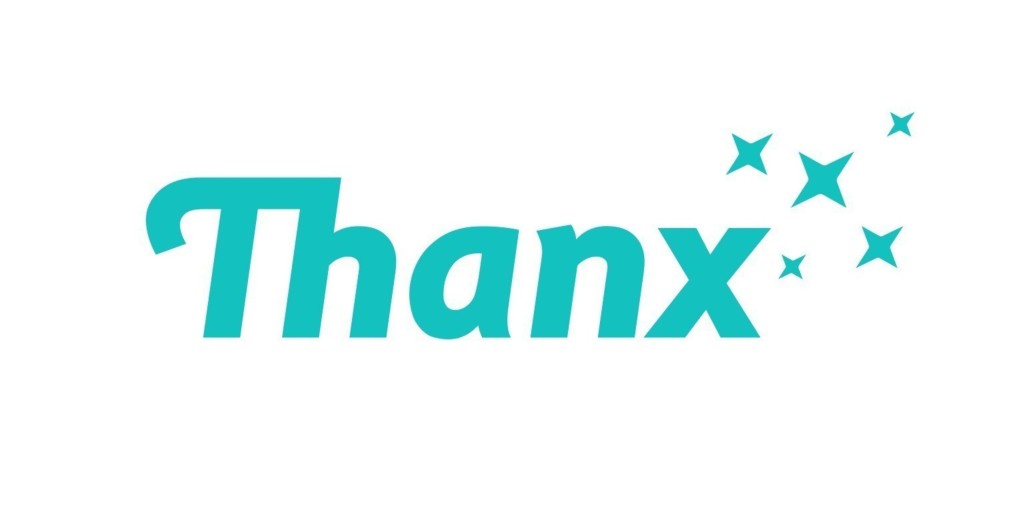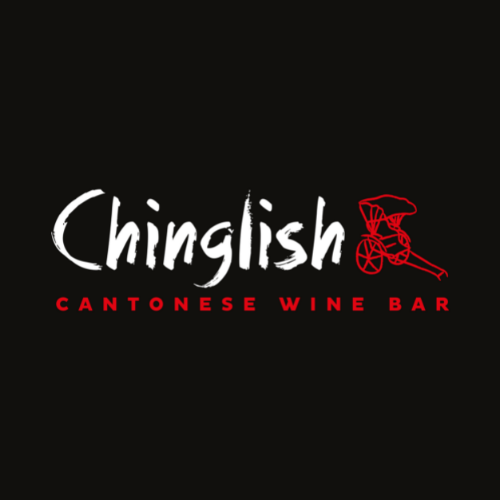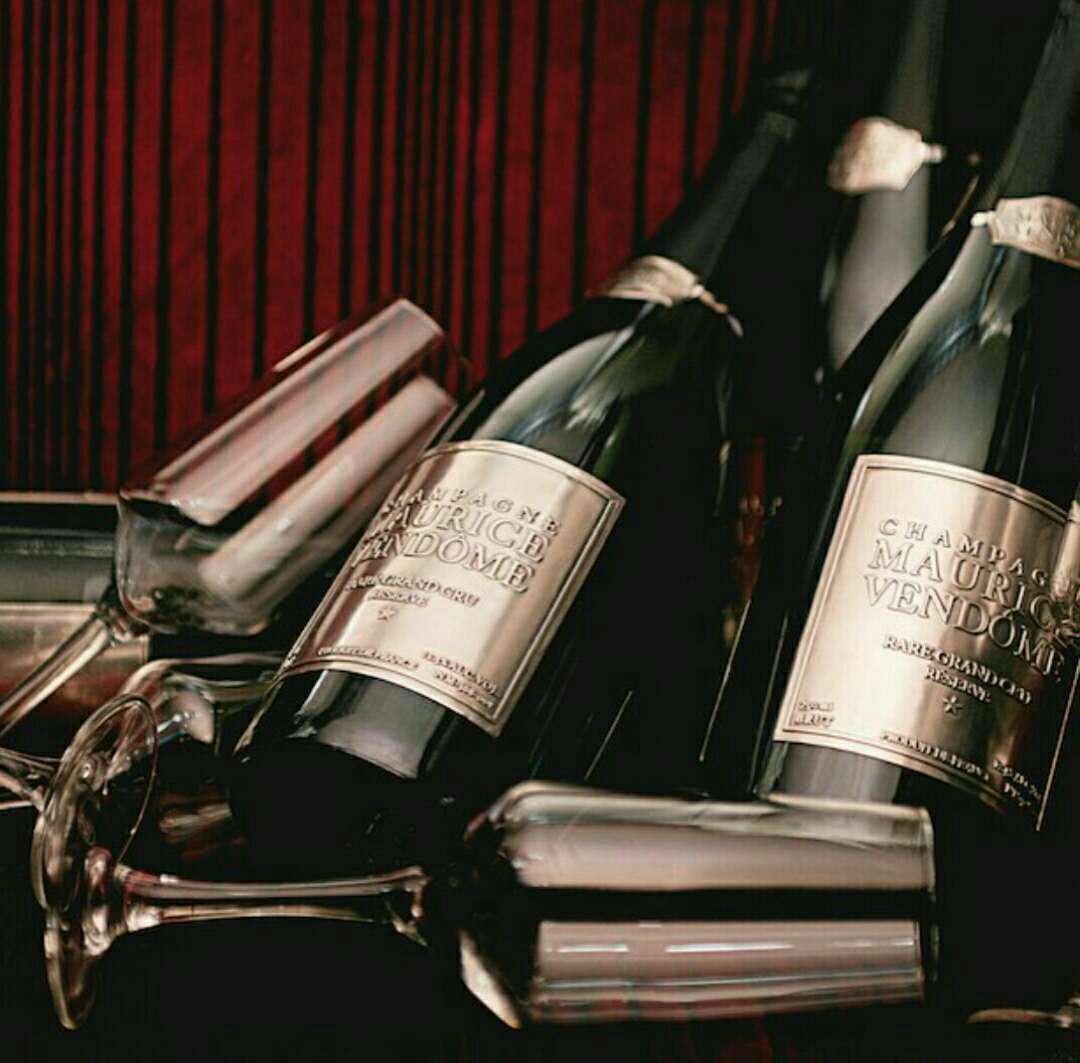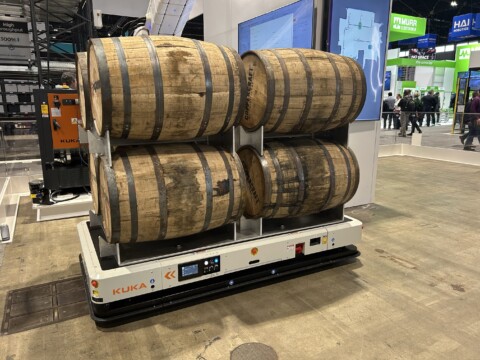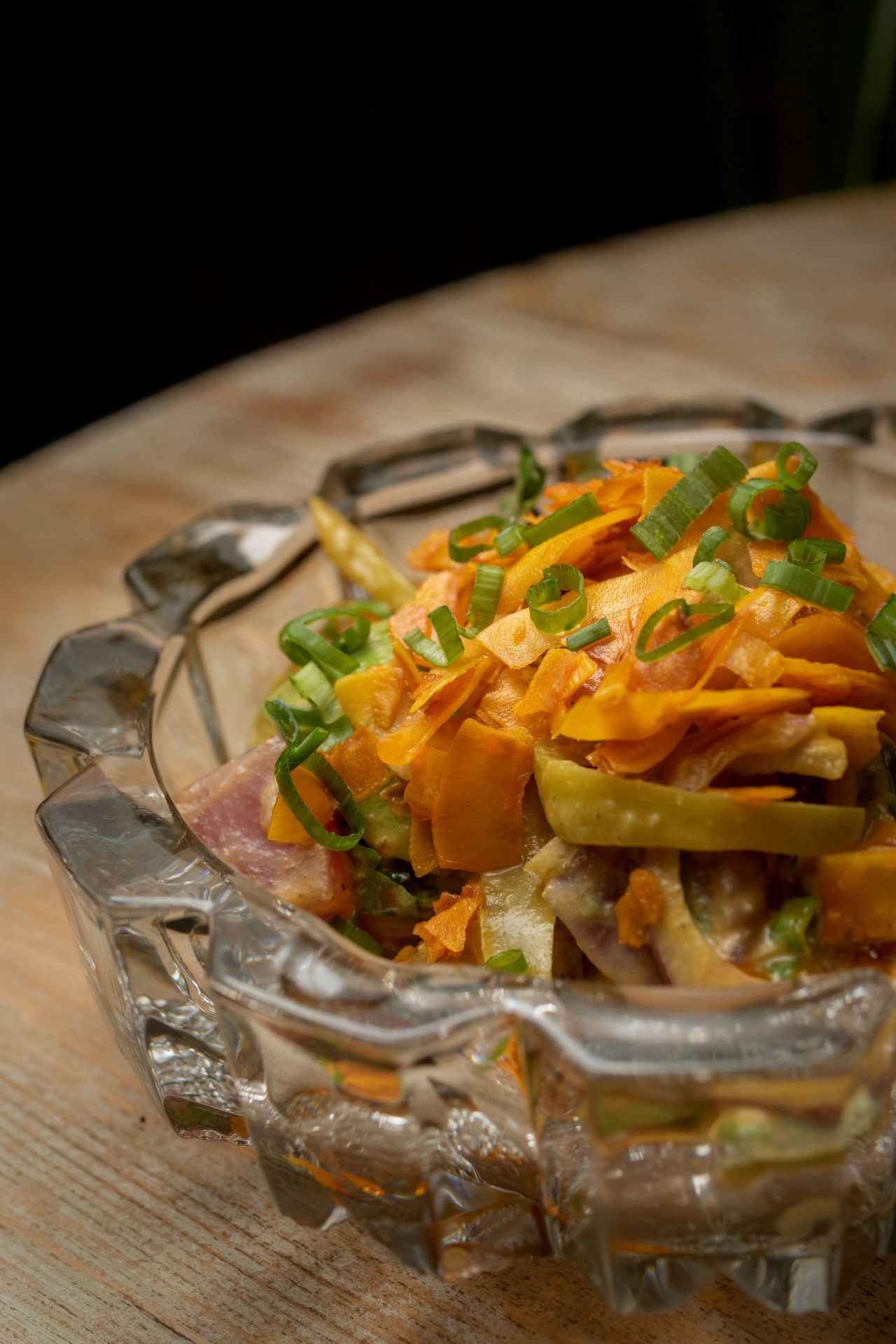By Zach Goldstein, Founder and CEO of Thanx
Restaurant loyalty programs — and the regular guests they engender — are more in-demand than ever entering 2024. Nothing beats an innovative menu and flawless execution for driving repeat purchasing; that used to be enough. But in this hotly-contested digital restaurant era, a well-structured loyalty program can be the secret sauce in building lasting relationships with your best customers. As such, the journey to implementing or revamping a loyalty program requires careful consideration.
From quick service to fine dining, the post-COVID era has ushered in widespread reevaluation of loyalty. Today’s winning programs have reduced an exclusive dependency on rote rewards which are easily replicable by any brand (or the digital behemoths Doordash and UberEats), in favor of differentiated, on-brand loyalty experiences and first-party digital convenience. Some key considerations and potential pitfalls to analyze when scouting a potential loyalty program.
Key Considerations
1.Focus on Non-Discount Rewards That Resonate With Guests
Sure, $5 off can be a motivator for certain customers. But it’s hard to own a rote discount, often creating an expensive, margin-eroding race to the bottom. In 2024, brands should proactively seek loyalty models that offer exclusivity and status — for instance, early access to limited time offers or VIP reservation inventory can be more effective and more friendly on the restaurant bottom-line.
2.Reduce Participation Friction, Prioritize Convenience
Exclusivity creates excitement; convenience creates habit. Broaden the definition of loyalty to go beyond the “reward”; is the experience of enjoying your restaurant easy? As former Yum! CEO Greg Creed reminds us, “easy beats better.” Customers should never have to jump through hoops when trying to give you money — reservations, first-party digital ordering, etc. must be simple. The same goes for loyalty. A restaurant’s highest value guests are not going to hassle with check-ins and punch cards.
3.Don’t Fear Change
Changing point-of-sale is a hassle for any restaurant; the same is not true for loyalty programs. With marketing, uncertain return on investment generally means no return on investment — if you’re in that camp, act swiftly. When done correctly, changing loyalty technology vendors can be done almost overnight — literally, a consumer wakes up one day with an updated mobile application, accrued rewards and progress seamlessly transitioned to the new program.
4.Frequency, Frequency, Frequency
The last several years have seen many restaurants raise prices to combat rising costs and inflation. As a result, most brands are seeing growing top-line revenue post-COVID. But underneath that rosy exterior is a harsher reality; most restaurants are seeing flat or declining “traffic”. Two metrics are critical for restaurant loyalty: Activation Rate (what percentage of first-time visitors return for a third purchase) and Engaged Customers (absolute number of guests who have made at least three purchases including one in the previous 90 days). Track them like a hawk.
5.To App or Not to App
Most customers will not download your app. But for the minority who do, their innate loyalty (e.g. without a loyalty program at all) is already high and their lifetime value through the roof. These customers drive a majority of revenue and even small changes in their behavior can be needle-movers. So apps remain critical, especially for brands looking to retain more of their guests in the battle with third-party marketplaces. But an app is not enough; most digital orders initiate on websites so restaurants should invest just as heavily in a top-notch web ordering experience. And loyalty cannot be app dependent if you expect to achieve broad participation.
Potential Pitfalls
1.Penny Wise, Pound Foolish
An old British saying is quite adept here. Technology is still new to many restaurants and the costs can add up for a margin-strapped business. But when it comes to revenue-driving technology, an overfocus on the cost of technology can be short-sighted. For instance, the loyalty program included with a point-of-sale is likely to result in lower participation and higher discounting. Over a year or two, the money saved vs. a best-in-class technology partner will be easily overshadowed by the lost revenue and heavy discounts.
2.Letting Your Program Grow Old
Most loyalty programs were launched and have since never changed. As they become long-in-the-tooth, they also become less effective. Consumers demand relevance (another keen insight from Mr. Creed). But a locked-in loyalty program is even more pernicious than that; it also means that a brand is ignoring their data and afraid to iterate. Many marketing campaigns will not work; they are bets in service of learning about customers to find the one that does. Hypothesis-driven marketing — guess better and test faster — is the name of the game. And when customers become accustomed to change, restaurants also avoid the Dunkin’-like blowup when that change inevitably comes en masse.
3.Mistaking Rewards for Loyalty
As noted above, loyalty is about creating connection and ultimately maximizing customer lifetime value. Rewards can be one arrow in this quiver, but not the only one or a restaurant risks the Bed Bath and Beyond effect. Convenience and exclusivity help. Personalization — allowing consumers to choose their reward with a changing array of options — takes it a step further. Ultimately, the consumers who are willing to adjust their behavior — try new items, visit at new times, bring friends, etc — are the ones who should earn the disproportionate share of rewards. Challenge them to do more… and don’t hesitate to reward them when they do.



